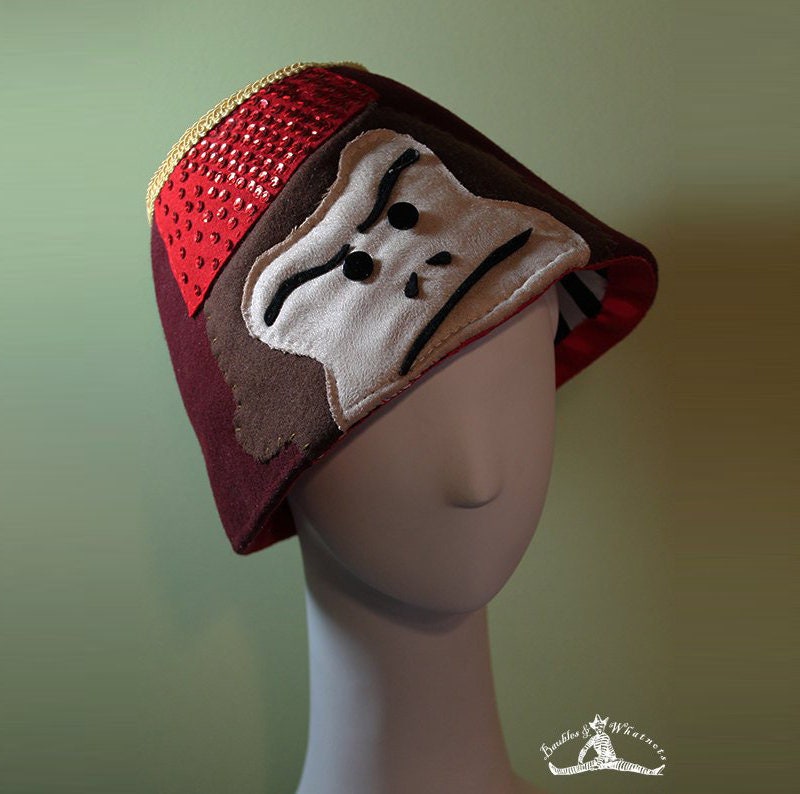
The fez was initially a brimless bonnet of red, white, or black with a turban woven around. The fez had become traditional to the point that Mustafa Kemal Atatürk banned it in Turkey in 1925 as part of his modernizing reforms. Seen as exotic and romantic in the west, it enjoyed a vogue as part of men's luxury smoking outfit in the United States and the UK in the decades surrounding the turn of the 20th century.

Initially a symbol of Ottoman modernity, the fez over time came to be seen as part of an "Oriental" cultural identity. Although the hat survived, the year-long boycott brought the end of its universality in the Ottoman Empire as other styles became socially acceptable. The 1908 Austro-Hungarian annexation of Bosnia-Herzegovina resulted in a boycott of Austrian goods, which became known as the "Fez Boycott" due to the near monopoly the Austrians then held on production of the hat. However, the invention of low-cost synthetic dyes soon shifted production of the hat to the factories of Strakonice, Czech Republic (then in the Austrian Empire). The striking scarlet and merlot colours of the Fez were initially achieved through an extract of cornel. Styles soon multiplied, with nuances of shape, height, material, and hue competing in the market. To meet escalating demand, skilled fez makers were induced to emigrate from North Africa to Constantinople, where factories were established in the neighborhood of Eyup. Although tradesmen and artisans generally rejected the fez, it became a symbol of modernity throughout the Near East, inspiring similar decrees in other nations (such as Iran in 1873).

This was a radically egalitarian measure, which replaced the elaborate sumptuary laws that signalled rank, religion, and occupation, allowing prosperous non-Muslims to express their wealth in competitions with Muslims, foreshadowing the Tanzimat reforms.
#Who wears fez hats update
The intention was to coerce the populace at large to update to the fez, and the plan was successful. In 1829 the Sultan ordered his civil officials to wear the plain fez, and also banned the wearing of turbans. His modernized military adopted Western style uniforms and, as hats, the fez with a cloth wrapped around it. In 1826 Sultan Mahmud II of the Ottoman Empire suppressed the Janissaries and began sweeping reforms of the military. Portrait of the Ottoman Sultan Mahmud II after his clothing reforms

The tarboosh and the modern fez, which is similar, owes much of its development and popularity to the Ottoman era. The fez (Turkish: fes, plural fezzes or fezes, as well as its equivalent, the tarboosh, is a felt hat of two types: either in the shape of a truncated cone made of red felt, or a short cylinder made of kilim fabric, both usually with a tassel attached to the top. The following article was sourced from a Wikipedia page at the following address:


 0 kommentar(er)
0 kommentar(er)
